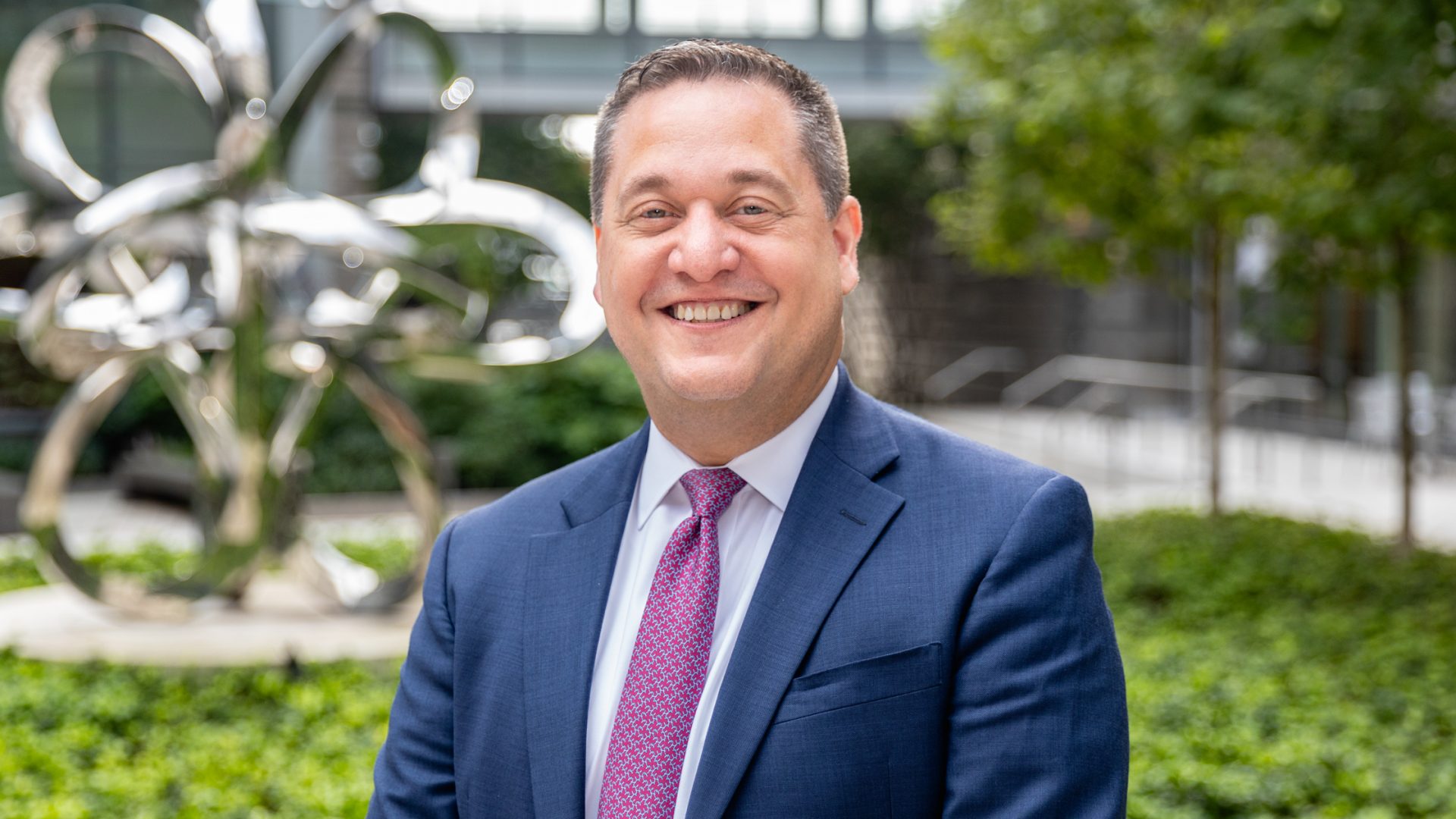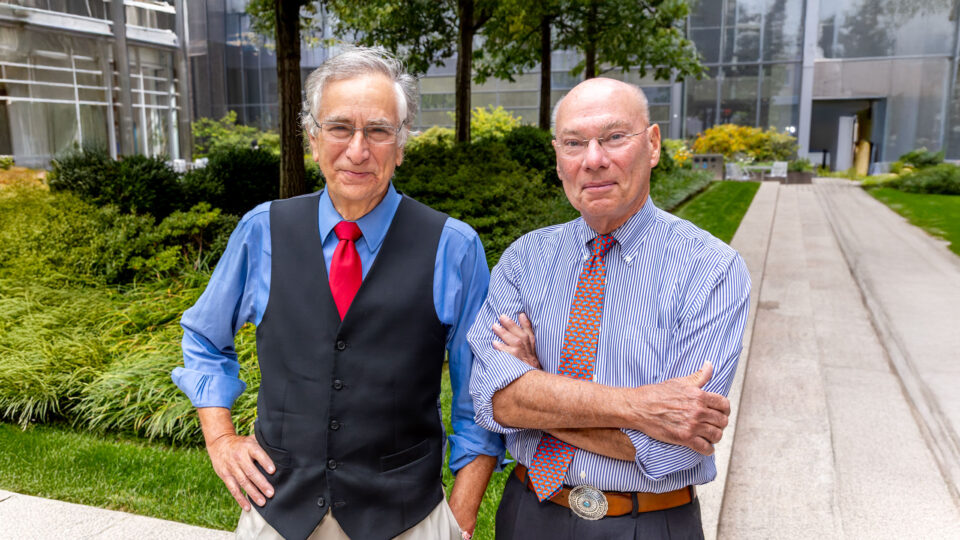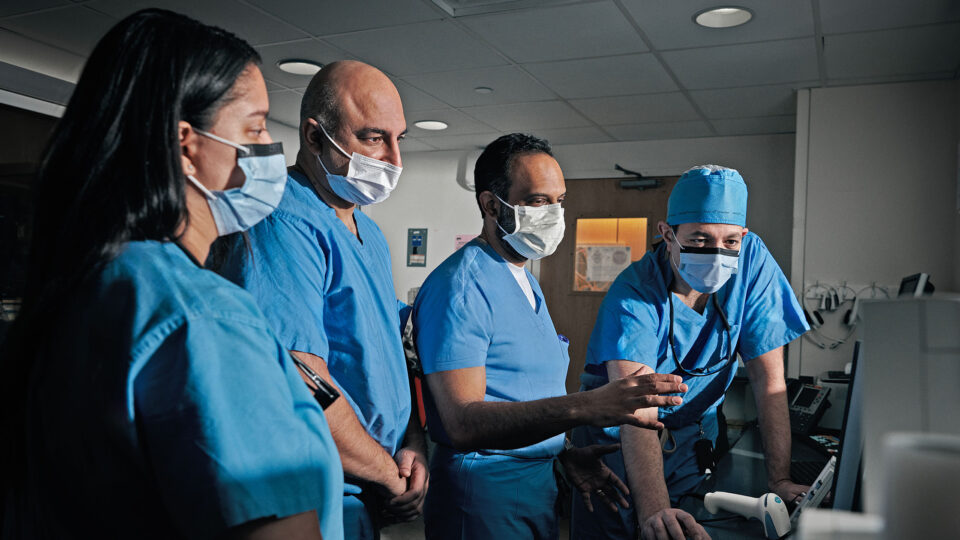Nuclear cardiologist Lawrence Phillips, MD, is medical director of outpatient clinical cardiology and director of nuclear cardiology at NYU Langone Health. In January 2024, Dr. Phillips stepped into the role of president of the American Society of Nuclear Cardiology (ASNC), bringing with him a wealth of leadership experience from his more than 15 years at NYU Langone.
Here, Dr. Phillips shares his goals as president—with a top priority being equitable access to imaging education—and looks ahead as expanding applications, hybrid techniques, and artificial intelligence (AI) create shifting landscapes in the field.
Drawn to the Field
Physician Focus: Congratulations on your new position leading the ASNC. Reflecting on your training, what drew you to the field and prepared you for this role?
Dr. Phillips: When I was doing my cardiology fellowship, I was attracted to nuclear cardiology for its unique role in patient evaluation and management.
At that time, the major way to look for ischemic heart disease using a noninvasive approach was nuclear stress testing. Nuclear stress tests are one of the most common diagnostic tests performed in the United States, especially as people mature in years. As I realized the importance of the interplay between diagnosis, treatment, and imaging, over time I began to focus more on nuclear cardiology.
Then, when I joined NYU Langone in 2008, the mentorship I received as an early career attending was foundational in getting me even more involved in the field. NYU Langone has a long history of leadership in imaging, including multiple areas of cardiac imaging, with a former director of nuclear cardiology, Dr. Jennifer Mieres, having served as the national president of ASNC in 2009. I’ve been lucky to be very supported over these last 15 years and to have this current opportunity as president.
New Paradigm of Imaging Education
Physician Focus: What do you see as the key objectives for the organization during your term?
Dr. Phillips: The ASNC is made up of cardiologists at every level of experience, from trainees in cardiovascular disease to physicians who have been in practice for many years. Although they are a diverse group, one key commonality is that all nuclear cardiology clinicians are still learning.
One of the most exciting parts of focusing on nuclear cardiology today is the rapidly expanding knowledge and techniques in the field. We want every specialist in nuclear cardiology to be able to learn the latest skills and learn them in a way that can readily be translated into patient care. So one of my major priorities is changing the paradigm of imaging education. To accomplish this, we want to build a cloud-based, hands-on imaging curriculum.
“One of my major priorities is changing the paradigm of imaging education. To accomplish this, we want to build a cloud-based, hands-on imaging curriculum.”
Lawrence Phillips, MD
We know that a trainee in one program might not have the same imaging education opportunities as someone in a similar program elsewhere in the country. Our goal is to help raise the bar for all trainees by providing resources that can be integrated into any training program in the country. What this allows us to do is make sure we have a standard where everyone is looking at an image in the same way—that translates into optimization of patient-centric clinical care.
This will also be helpful in continuing education. Nuclear cardiology techniques and procedures are exploding, and we’re seeing new disease states where nuclear cardiology is going to be key in diagnosis and treatment. For patient care, we want to make sure that the physicians already involved in nuclear cardiology have the opportunities to learn new skills, imaging techniques, and lab modernization.
Strategic Plan for Artificial Intelligence
Physician Focus: What is your vision for the role of AI in nuclear cardiology?
AI is a tremendously hot topic. One of the first initiatives that I launched at the beginning of this year was the creation of a task force on AI and machine learning and their impact in nuclear cardiology.
When considering AI in imaging specifically, we’ve learned that with focused attention we can significantly improve the ability of AI to detect small details in an image and assist with diagnoses. But the new wave will be using AI to better determine how a test result can impact patient care. The ability to utilize the large volume of data available in a patient’s electronic medical record as well as the pixel-level data of cardiac imaging is going to open up knowledge that has not existed previously.
With thoughtful investment in AI technologies, I’m confident we’ll expand our ability to offer high-quality care. Over the next year, my goal for the task force is to create a strategic plan for how we move forward in nuclear cardiology using the power of AI and machine learning.
Expanding the Impact
Physician Focus: Can you tell us more about how nuclear cardiology techniques are expanding into other disease states?
Dr. Phillips: What we’ve found through a lot of research, including research by colleagues here at NYU Langone, is that for many patients, chest pain is caused by conditions such as microvascular disease, and that nuclear cardiology can be key to making this diagnosis.
“For many patients, chest pain is caused by conditions such as microvascular disease. Nuclear cardiology can be key to making this diagnosis.”
Another disease state where we’re seeing tremendous diagnostic progress utilizing nuclear cardiology is in the evaluation of cardiac amyloidosis. Years ago, this disease was thought to be much rarer, but thanks to the application of nuclear cardiology techniques, diagnoses have increased tremendously—including here at NYU Langone, where we have a dedicated Amyloidosis Program.
Similarly, our management of sarcoidosis has seen significant growth, with nuclear cardiology playing a key role both in diagnosis and monitoring response to treatment. Finally, there’s been notable progress in the evaluation of cardiac infections, such as endocarditis, and the ability to use nuclear techniques to make a diagnosis where it might otherwise be unclear.
Emergence of Hybrid Techniques
Physician Focus: How do you see the role of nuclear cardiology expanding over the next 5 to 10 years?
Dr. Phillips: As we look to the future, I think we’re going to see multimodality imaging techniques grow, with nuclear cardiology playing a major role.
“As we look to the future, I think we’re going to see multimodality imaging techniques grow, with nuclear cardiology playing a major role.”
We’re seeing a lot of focus on hybrid imaging already. One of the areas of greatest progress is in the evaluation of coronary calcium while at the same time looking at nuclear perfusion. When you combine the two techniques, it provides an extremely informative window into a patient’s disease state, with simultaneous functional and anatomic data. I’m excited to see other hybrid approaches be developed.






